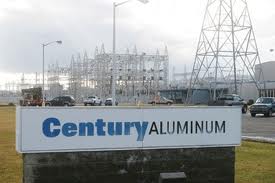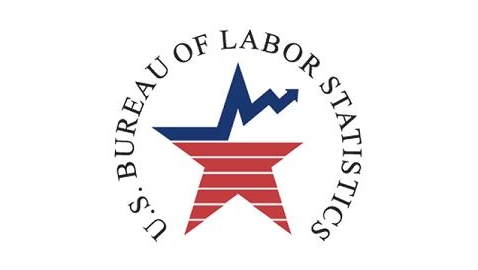Hydrogen atoms comprise only one proton, 1 negatively-charged electron and no neutrons
Post Views 2So in influence, when hydrogen atoms leap from one side of a DNA strand towards other, they transfer as the single proton, hence scientists discuss with the phenomenon as ?proton transfer,? in keeping with a 2014 report within the journal Accounts of Chemical Explore.But reported by the brand new analyze, classical proton transfer won’t account for all the scenarios that protons bounce all-around in DNA.?Essentially, what we find is usually that the quantity of this happening just via classical thermodynamics is very small, in comparison to whenever we operate the figures for quantum premiums,? Slocombe explained. In other words, proton tunneling probable drives extra proton-jumping than heat by itself does, he claimed.
Proton tunneling depends on the quantum principle of uncertainty, which is not going to use to your much larger community. As an example, across the world of huge things, one can make certain of the two the location of a teach and therefore the pace it?s traveling, and utilizing that data, one can predict when that practice should get there in the next station. Having said that, when considering subatomic particles, their correct location and speed cannot be calculated dnp nursing education with the same exact time; researchers can seize merely a hazy photo of what a particle is around, by calculating the likelihood that it may well surface in a distinct spot, traveling in a particular level. Within the context of proton tunneling, researchers can compute the chance of a proton remaining in a single situation or another?and theoretically that proton boasts a nonzero likelihood of to be practically any place in the universe.
What meaning tends to be that particles can go by using boundaries that they seemingly shouldn?t have the capacity to, many times even permitting them leap thru partitions, Live Science formerly claimed.To predict when and where by proton transfer would possibly appear inside the DNA, the workforce established the level of vigor needed to the particles to break from their ?stable? positions and into ?unstable? positions. This threshold is understood as the ?energy barrier,? and therefore the power necessary to get better in to the stable point out is a ?reverse barrier.?
The staff observed the vigor barrier for classical proton transfer, pushed by warmth, is quite substantial as opposed with that for proton tunneling. The anticipated price of proton tunneling to date exceeded that of classical transfer that, devoid of getting tunneling into consideration, the probability of a proton leaping towards reverse DNA foundation could be ?very, really close to zero,? Slocombe mentioned.The staff also located the reverse barrier for proton tunneling around A?T pairs was much, a great deal lessen than for G?C pairs. This means that, in the event that a proton tunneled through the A on the T side of a pair, by way of example, ?it would just roll back again instantaneously,? Slocombe explained; the reverse barrier is so very low that the proton would quickly pop back again into its secure condition.
That?s mainly because, to copy alone, DNA earliest unzips, breaking the bonds somewhere http://purdue.edu/push/SWO/INCSAPP/resources/Bib/prevalence.htm between the bottom pairs. An enzyme named polymerase then swoops in and commences fitting new bases into the open slots, like puzzle parts. The condition is always that, when polymerase encounters a proton https://www.nursingcapstone.net/ in an unstable posture, it may end up picking the wrong puzzle piece for the attached base. For example, a proton may leap to the G, and when polymerase comes by, the enzyme attaches a T other than a C and doesn?t catch the error.
Hydrogen atoms comprise only one proton, 1 negatively-charged electron and no neutrons by


 Oil is Up Due to Egypt
Oil is Up Due to Egypt  Minimum Wager Earners Have Lost the Most in the Recession
Minimum Wager Earners Have Lost the Most in the Recession  First Niagara Financial Group Cutting 170 Branch Managers and Teller Supervisors
First Niagara Financial Group Cutting 170 Branch Managers and Teller Supervisors  Disney Interactive to Cut Hundreds of Jobs
Disney Interactive to Cut Hundreds of Jobs  Century Aluminum Warns of Shutting Down Hawesville Smelter in August
Century Aluminum Warns of Shutting Down Hawesville Smelter in August  Feds Cheer the Rise in Gas Prices, Which Made a Big Leap, While the Rest of Us Groan
Feds Cheer the Rise in Gas Prices, Which Made a Big Leap, While the Rest of Us Groan  October Jobs Report Still Planned for Friday Release
October Jobs Report Still Planned for Friday Release  Kellogg To Fire 7 Percent
Kellogg To Fire 7 Percent